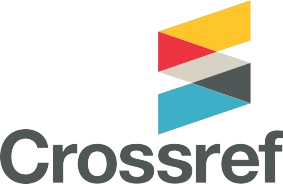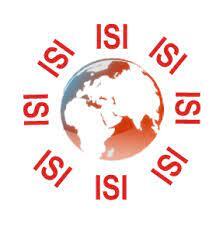Benefits of Constructed Wetland for Urban Wastewater Treatment in Rwanda
DOI:
https://doi.org/10.62103/unilak.eajst.11.11.149Keywords:
Constructed wetland, Physico-chemical parameters, Wastewater treatmentAbstract
Constructed wetland (CW) is easily operated and maintained, and has low cost and strong potential for application in urban areas than conventional treatment systems. Although CWs are useful in wastewater management; they are not yet applied in Rwanda. This study analyzed the benefits of constructed wetland in wastewater treatment at the University of Lay Adventists of Kigali (UNILAK) in the City of Kigali of Rwanda. The authors compared physico-chemical parameters namely: the Chemical Oxygen Demand (COD), Biological Oxygen Demand (BOD), Total Suspended Solid (TSS), Total Nitrogen (TN) and Total Phosphorus (TP) collected at the influents and effluents of the CW during rainy and dry seasons. The parameters were finally compared with standards of the World Health Organization (WHO). Finally, the economic benefit analysis was performed by using data on wastewater treatment cost before (2003-2015) and after CW (2015-2020). And both before and after constructed CW treatment cost were projected to 2050 in order to indicate which method is more beneficial to the UNILAK. The results showed high pollution before the wastewater enters into CW during the rainy season compared to that of dry season. However, the removal efficiencies in both seasons showed the potential of pollution reduction. Thus, CW is beneficial and useful in wastewater treatment towards water quality maintenance and high sanitation as well. Regarding the economic benefits analysis, if the CW is operating, the university would spend only 1,620,000 Rwfs until 2050. However, 18,655,000 Rwfs could be spent in case the university remains with the traditional wastewater treatment method up to 2050. Further application of CW in other organizations/institutions (public and private) is greatly suggested.








